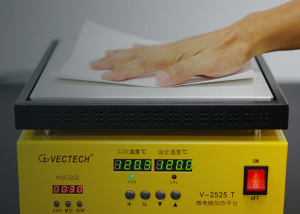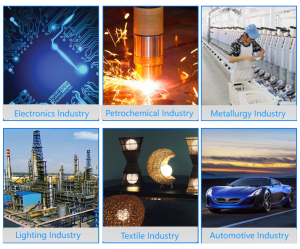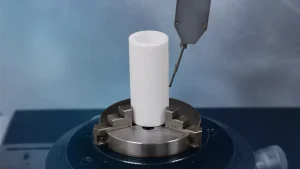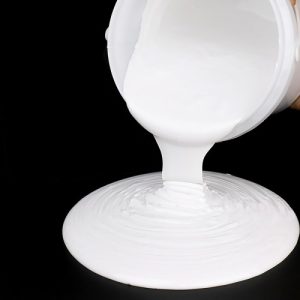Professional industry ceramic supplier, silicon nitride, silicon carbide, aluminum nitride and any other kinds of ceramics.
1. Introduction
Just 24 hours ago, a major materials science conference in Germany spotlighted breakthroughs in high-temperature ceramic components, with silicon carbide crucibles taking center stage for their unmatched thermal stability and chemical resistance. As industries push toward greener, more efficient processes, demand for robust, reusable crucibles made from advanced ceramics like silicon carbide is surging worldwide.
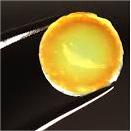
If you’ve ever wondered how molten metals are handled safely or why certain lab experiments require specialized containers, the answer often lies in one remarkable material: the silicon carbide crucible.
2. What Is a Silicon Carbide Crucible?
A silicon carbide crucible is a container crafted from silicon carbide (SiC)—an advanced ceramic known for its extreme hardness, high thermal conductivity, and resistance to thermal shock and corrosion.
Unlike traditional clay or graphite crucibles, silicon carbide crucibles maintain structural integrity at temperatures exceeding 1,600°C (2,912°F), making them ideal for melting non-ferrous metals like aluminum, copper, and zinc, as well as for laboratory sample preparation.
3. Key Properties of Silicon Carbide
Silicon carbide stands out among advanced ceramics due to its unique combination of traits:
- Exceptional thermal conductivity (even better than some metals)
- Low thermal expansion, reducing cracking during rapid heating or cooling
- High mechanical strength at elevated temperatures
- Excellent resistance to oxidation and chemical attack
- Electrical conductivity (useful in certain industrial heating applications)
These properties make silicon carbide not just suitable for crucibles but also for a wide range of high-performance components.
4. Applications Beyond the Crucible
While the silicon carbide crucible remains a flagship product, SiC is used across numerous forms and industries:
4.1. Industrial Components
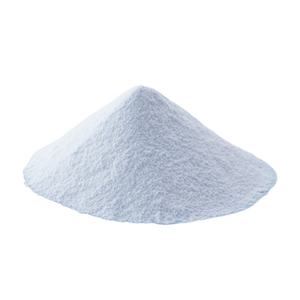
Products like silicon carbide burner nozzles, silicon carbide brick, rbsic silicon carbide tile block, and silicon carbide ceramic columns are common in furnaces, kilns, and incinerators where durability under extreme heat is critical.
Silicon carbide tubes—including silicon carbide thermocouple protection tubes and porous ceramic tubes—are essential in high-temperature sensing and filtration systems.
4.2. Consumer and Decorative Ceramics
Interestingly, silicon carbide has also found its way into kitchenware. Items like silicon carbide ceramic baking dish, silicon carbide ceramic dinner plates, and even silicon carbide ceramic butter dish with lid combine aesthetics with thermal resilience—though these are niche compared to industrial uses.
Note: Most ‘silicon carbide’ dinnerware marketed online is actually porcelain or stoneware with a SiC-inspired finish; true SiC tableware is rare due to cost and brittleness.
4.3. Precision Parts
Specialized items such as silicon carbide discs, silicon carbide ceramic grinding disc, and silicon carbide piezo ceramic disc serve roles in electronics, machining, and fluid control (e.g., silicon carbide ceramic disc taps).
5. Silicon Carbide vs. Other Advanced Ceramics
When selecting materials for high-temp applications, engineers often compare options:
5.1. Boron Carbide vs Silicon Carbide
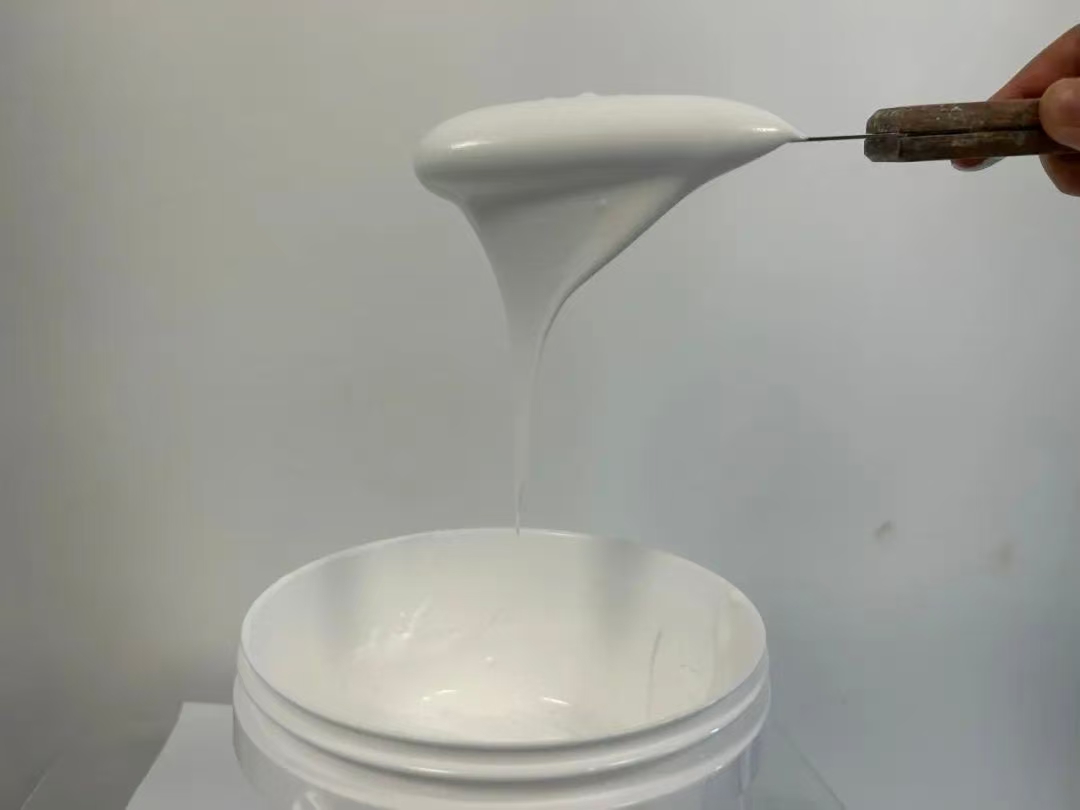
Boron carbide (B4C) is harder than silicon carbide and used in armor and abrasives, but it’s more expensive and less thermally conductive. For crucibles and furnace linings, silicon carbide offers better overall performance at lower cost.
5.2. Silicon Nitride Comparison
Silicon nitride (Si3N4) is another advanced ceramic prized for toughness and thermal shock resistance. While silicon nitride crucible factory output is growing, Si3N4 is typically used in bearings, cutting tools, and custom silicon nitride heat shield applications—not mainstream crucibles.
Products like silicon nitride ring, silicon nitride plate, and high purity silicon nitride powder market developments show promise, but silicon carbide remains dominant for bulk high-temp containment.
5.3. Alumina and Zirconia Alternatives
Alumina (Al2O3) and zirconia (ZrO2) crucibles are common in labs, especially for reactive melts. However, they lack the thermal conductivity of silicon carbide, leading to slower heating and higher risk of thermal stress cracking.
6. Manufacturing and Customization
Silicon carbide crucibles are typically made through pressing and sintering fine SiC powder, sometimes with additives like silicon nitride or alumina to enhance specific properties.
Custom shapes—including silicon carbide ring, silicon carbide ceramic casserole dish with lid, or bespoke silicon carbide tube furnace liners—are available from specialized advanced ceramics manufacturers.
The rise of rbsic (reaction-bonded silicon carbide) technology has enabled complex geometries like silicon carbide ceramic pillars and blocks with near-net-shape precision.
7. Care and Longevity
To maximize lifespan, silicon carbide crucibles should be preheated gradually to avoid thermal shock. They must also be kept dry—moisture can cause spalling during rapid heating.
Unlike graphite crucibles, SiC versions don’t contaminate melts with carbon, making them cleaner for sensitive alloys.
8. Conclusion
From foundries to research labs, the silicon carbide crucible exemplifies how advanced ceramics enable modern high-temperature processes. Its blend of strength, conductivity, and chemical inertness is unmatched by most alternatives.
As industries continue to innovate—whether in metal recycling, semiconductor production, or sustainable manufacturing—the role of silicon carbide and related materials like silicon nitride will only expand. Whether you’re melting aluminum or designing a custom furnace component, understanding the capabilities of silicon carbide is key to performance and efficiency.
Our Website founded on October 17, 2012, is a high-tech enterprise committed to the research and development, production, processing, sales and technical services of ceramic relative materials such as Silicon. Our products includes but not limited to Boron Carbide Ceramic Products, Boron Nitride Ceramic Products, Silicon Carbide Ceramic Products, Silicon Nitride Ceramic Products, Zirconium Dioxide Ceramic Products, etc. If you are interested, please feel free to contact us.

